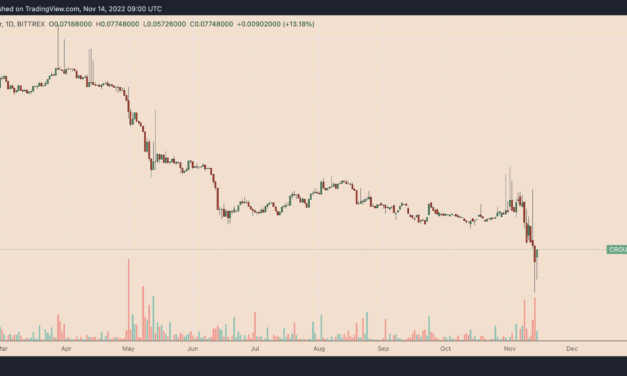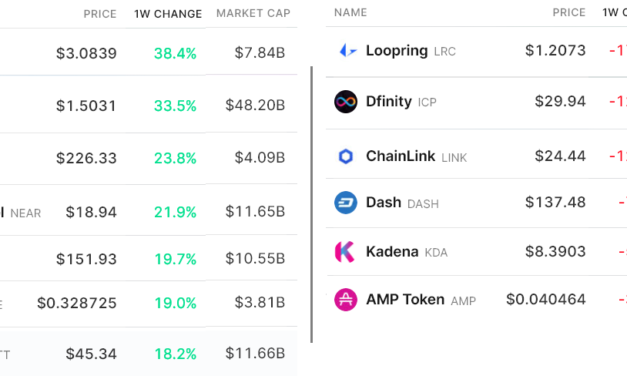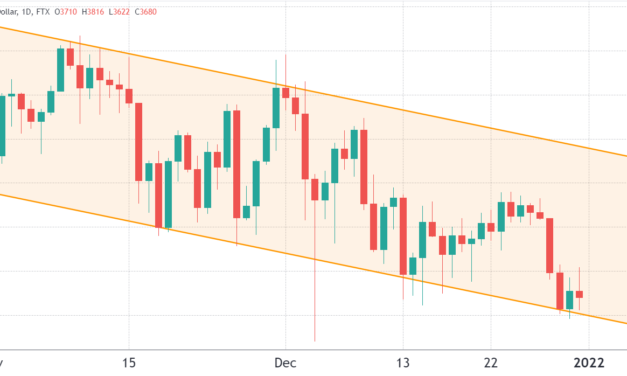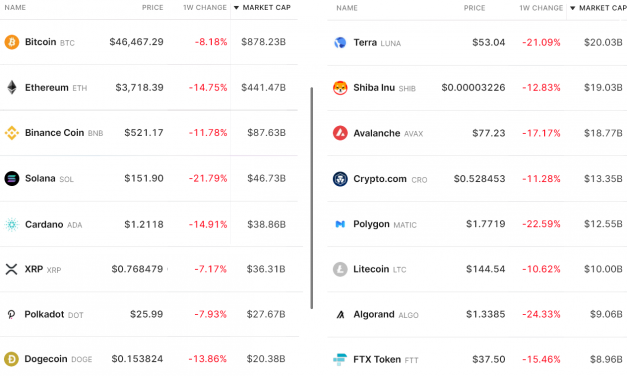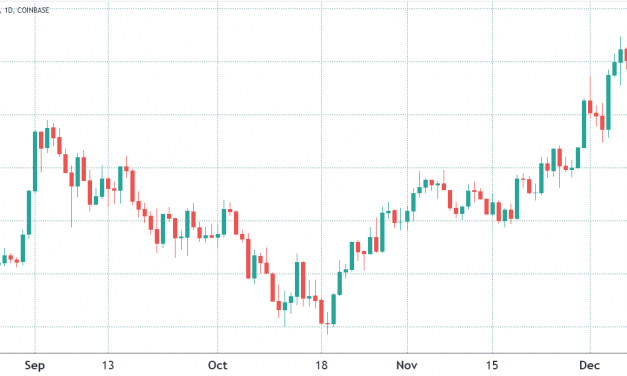Crypto.com’s CRO is in trouble, but a 50% price rebound is in play
Crypto.com’s native token Cronos (CRO) is showing restraint on Nov. 14 against mounting sell-pressure building in the wake of the FTX’s dramatic collapse last week. Now, the CRO/USD pair is eyeing a watershed price recovery.On Nov. 14, CRO’s price wobbled between profits and losses, trading around $0.069 a day after crashing to $0.05, its lowest level since April 2020 — that’s a 60% price decline from November’s peak of around $0.178.CRO/USD weekly price chart. Source: TradingViewCRO funding rate drops to -3%The period of CRO’s price decline occurred alongside a sharp drop in the token’s perpetual futures funding rates.Funding rates are recurring payments made by traders based on the difference between the prices in the futures and the spot market. A positive funding rate means bullish traders (long positions) pay bearish traders (short positions), representing their confidence about a price rally.Conversely, a negative funding rate means short traders pay long traders to keep their positions open. On Nov. 14, CRO’s funding rates on Huobi and OKX dropped to minus 3%, showing traders are extremely bearish on the token.CRO funding rates history. Source: Coinglass.com“This is literally the exact same dynamic that occurred before Celsius and FTX collapsed,” warned Dylan LeClair, senior analyst at digital asset fund UTXO Management on Nov. 13, when CRO funding rates were near minus 2%.FTX contagion fears spread to Crypto.com The CRO sell-off started from fears of contagion amid the FTX fiasco, particularly concerns that Crypto.com, a Singapore-based crypto exchange, would collapse in the same manner as FTX.At the core of these worries is potential insolvency, with analysts pointing out that Crypto.com is holding low-liquid cryptocurrencies like Shiba Inu (SHIB) and its own token CRO as reserves, which reportedly make up 40% of the exchange’s total assets. 4.https://t.co/INIxikfNzy holds $1.6B worth of BTC/ETH/USDT/USDC/DAI/BUSD assets, accounting for 60%.40% of assets are low liquidity assets.— Lookonchain (@lookonchain) November 13, 2022In addition, Crypto.com also moved $210 million worth of stablecoins from Binance and Circle before demonstrating its reserves to the public. Binance CEO Changpeng Zhao confirmed the move, urging caution, the day before CRO dropped to its April 2020 low.If an exchange have to move large amounts of crypto before or after they demonstrate their wallet addresses, it is a clear sign of problems. Stay away. Stay #SAFU. — CZ Binance (@cz_binance) November 13, 2022
What’s more, Crypto.com also misconducted a $400 million Ether (ETH) transaction, sending it to a Gate.io exchange wallet instead of its cold storage. Later, the exchange did manage to recover the funds, but that also raised a lot of questions. Crypto_com CEO is claiming they “accidentally” sent $400 million of their eth to the wrong wallet.He’s either lying, or incompetent. https://t.co/hWXvPqBime— Coffeezilla (@coffeebreak_YT) November 13, 2022
Overall, Crypto.com saw its users withdraw $14 million in ETH and $39 million in other tokens over the weekend, according to data tracked by Argus Inc.50% Cronos price relief rally ahead?Strictly from a technical perspective, however, CRO’s price could nevertheless see a potential relief rally in the coming weeks.A set of indicators support the said bullish outlook, including CRO’s weekly relative strength index (RSI), which dropped to nearly 30, or nearly “oversold” territory. A similar drop in June earlier this year had preceded a 75% recovery rally from $0.099 to $0.162, as shown below.CRO/USD weekly price chart. Source: TradingViewThe other bullish indicator includes strong historical support of $0.061. In addition, CRO’s current price range of $0.061 and $0.111 has the token’s highest volume profile visible range (VPVR) on record. In other words, CRO price could recover to $0.111, up over 50% from the current price levels, as its next upside target. Related: Exchange outflows hit historic highs as Bitcoin investors self-custodyConversely, CRO/USD falling alongside funding rates suggests that its drop may have been driven by futures markets, which was also the case with Terra’s collapse in May. Thus, the persistent bearish sentiment across the entire cryptocurrency market could dampen CRO’s recovery prospects.The views and opinions expressed here are solely those of the author and do not necessarily reflect the views of Cointelegraph.com. Every investment and trading move involves risk, you should conduct your own research when making a decision.
Čítaj viac
